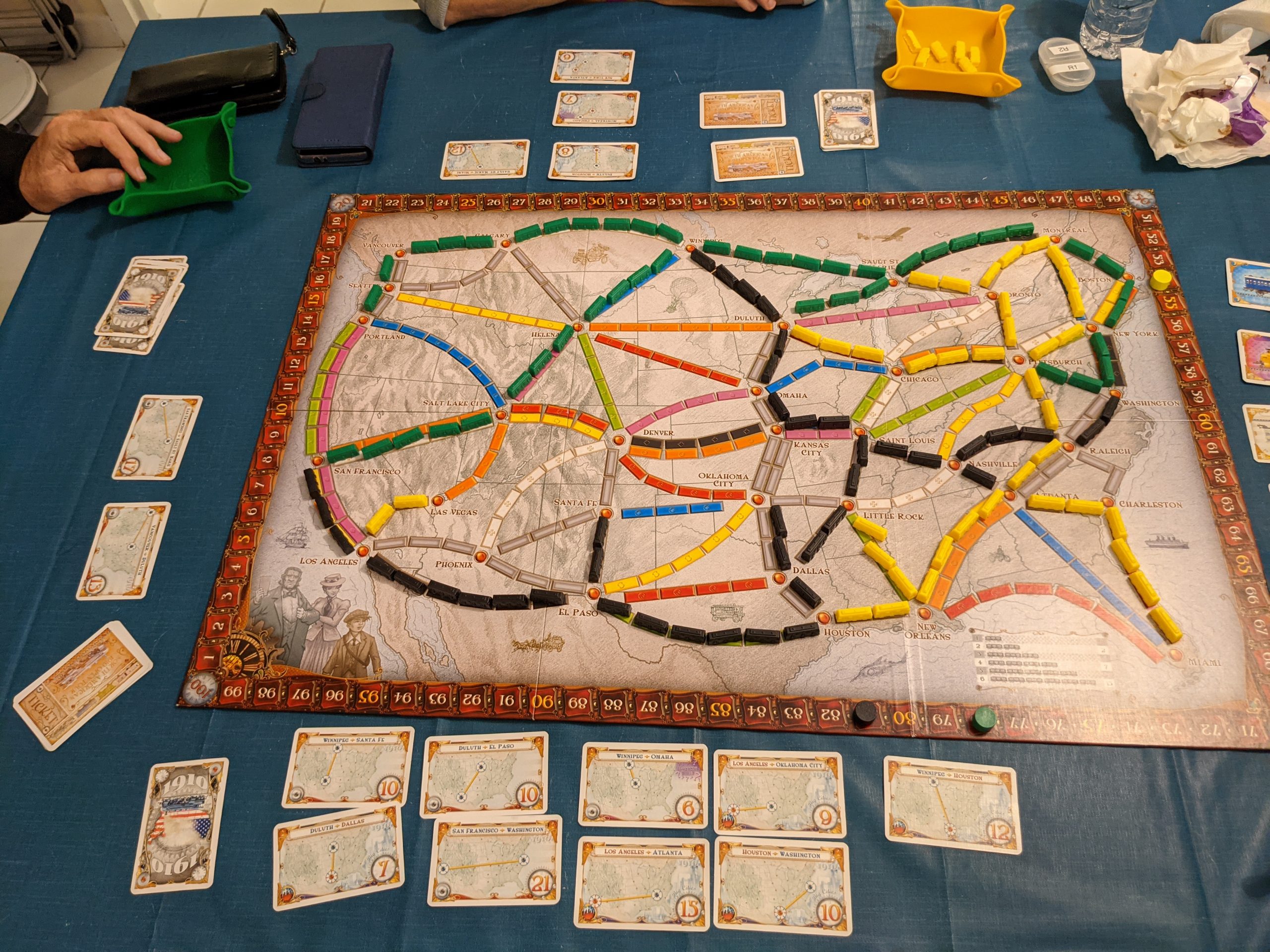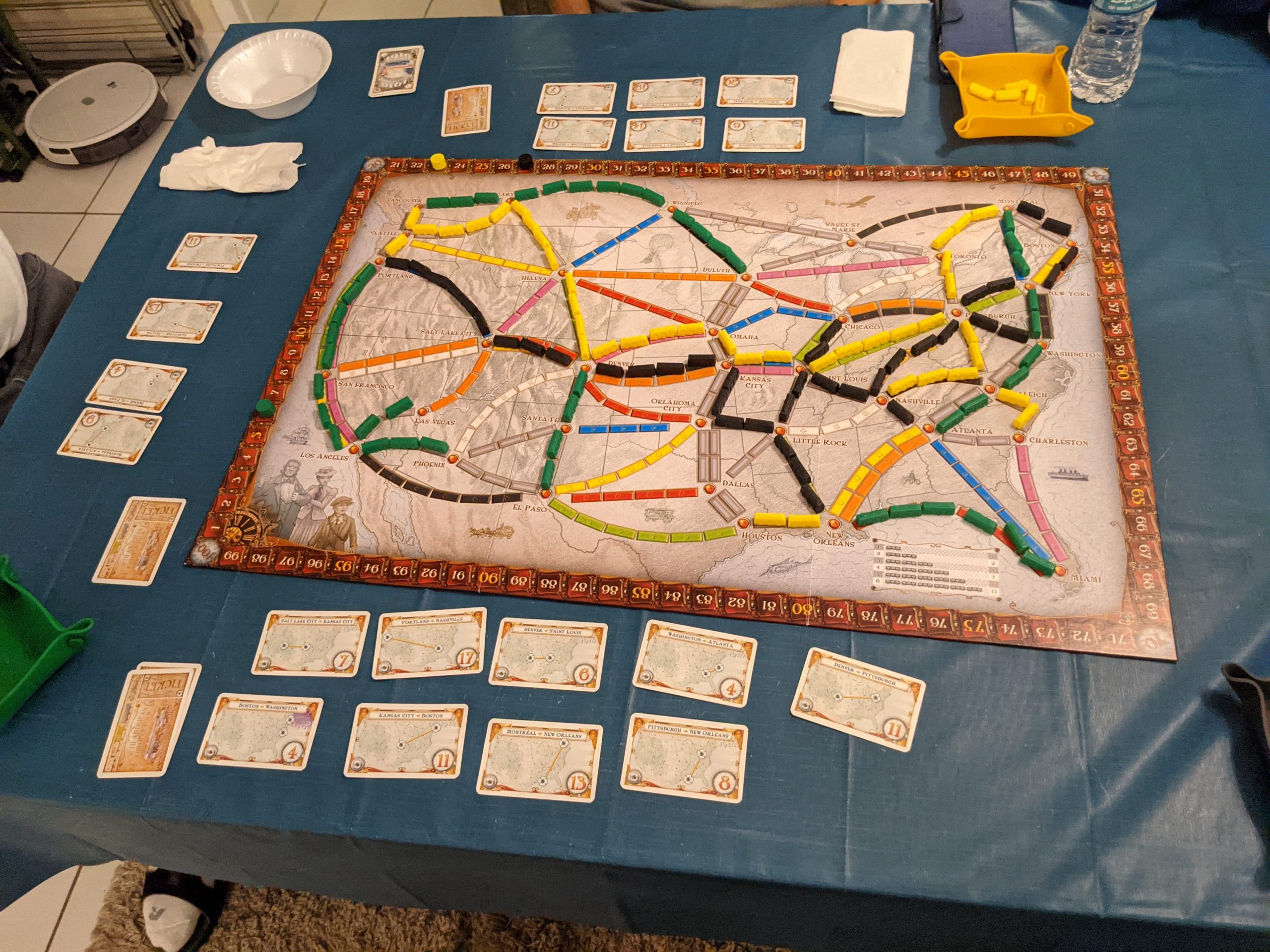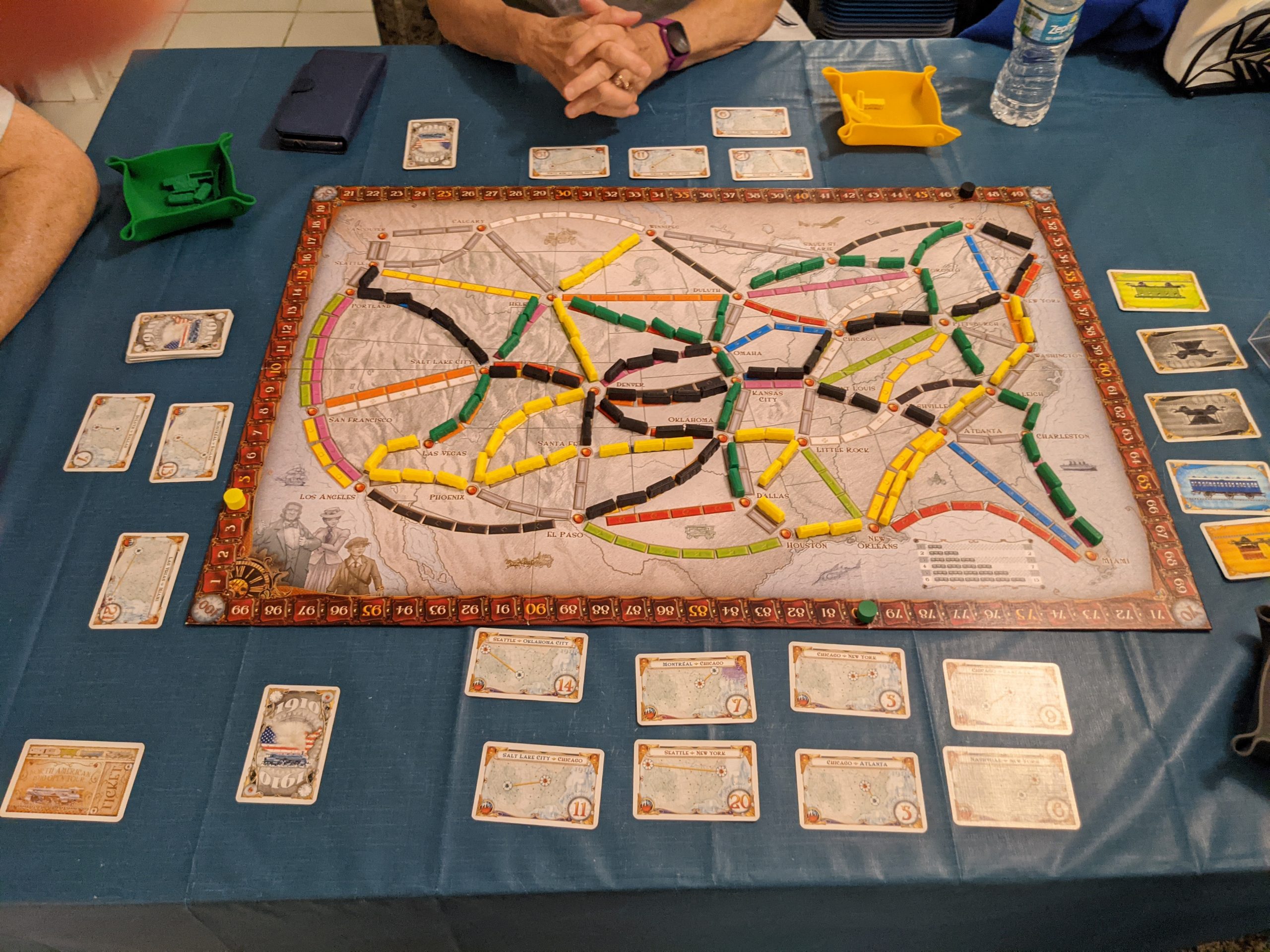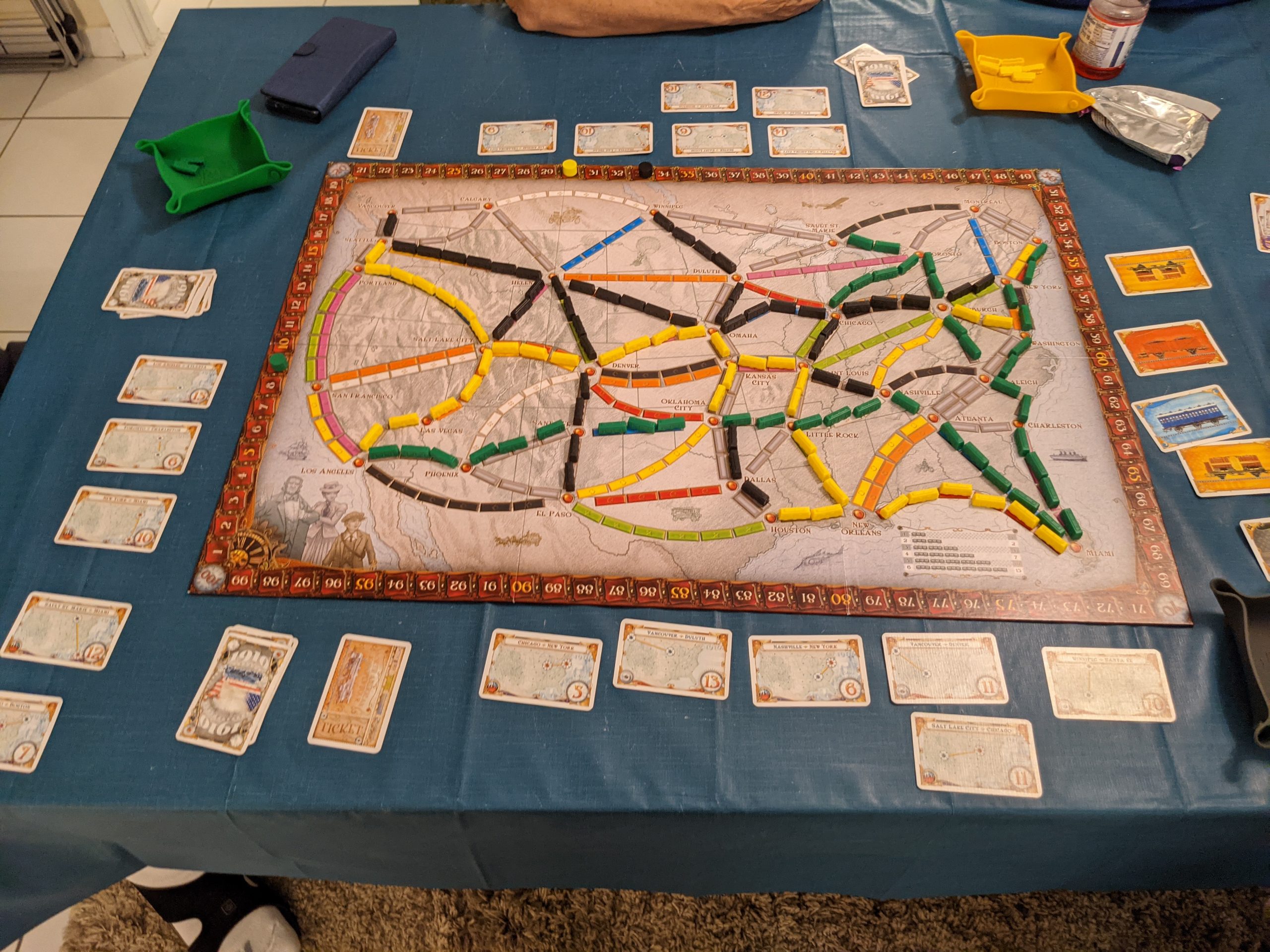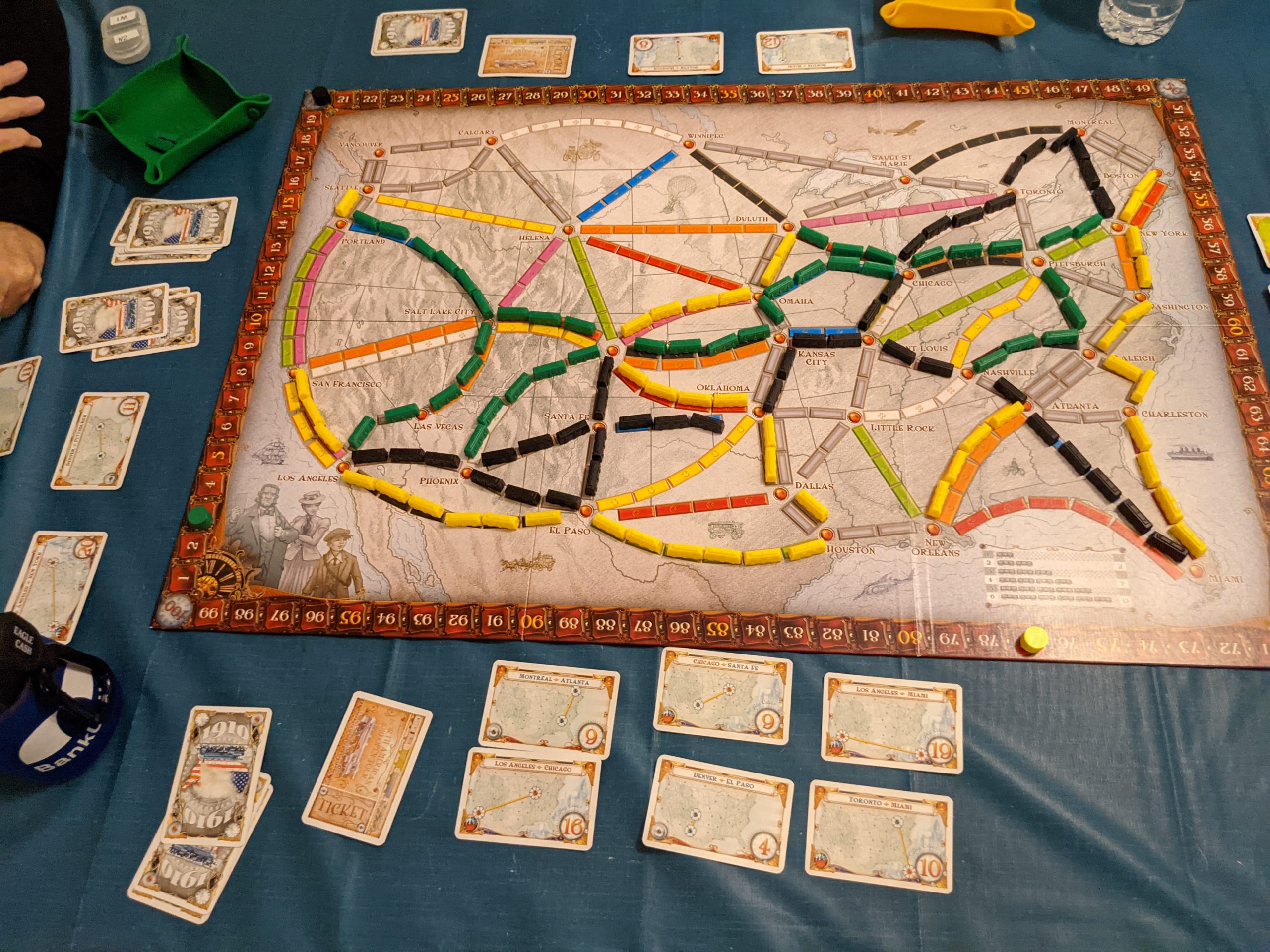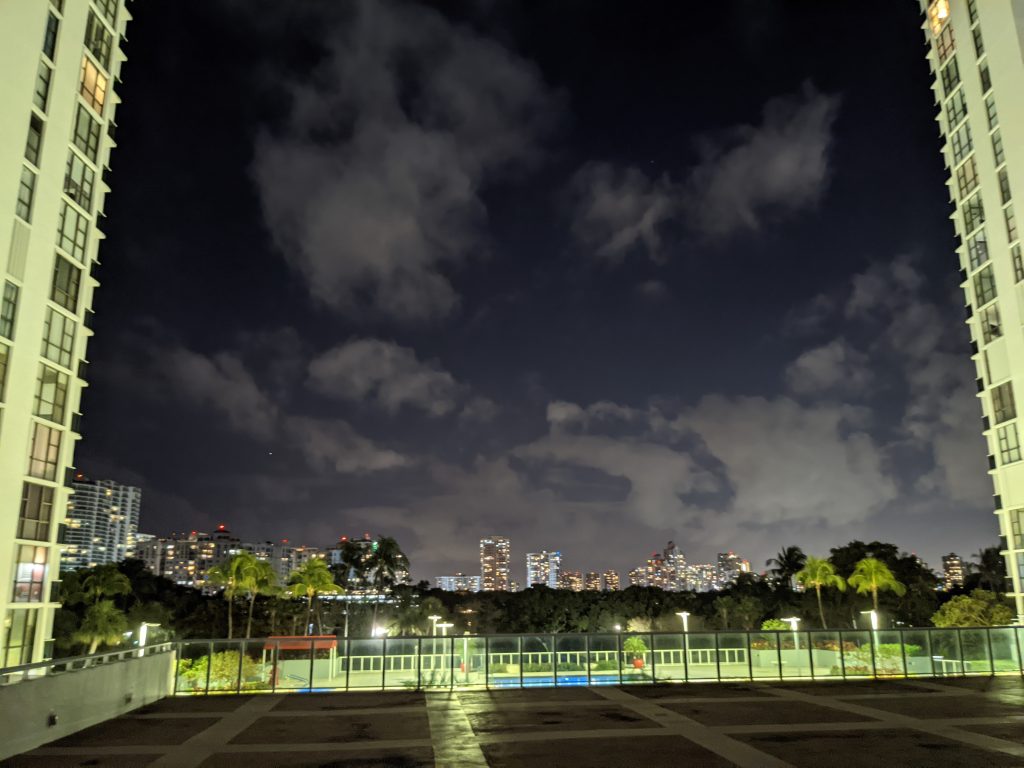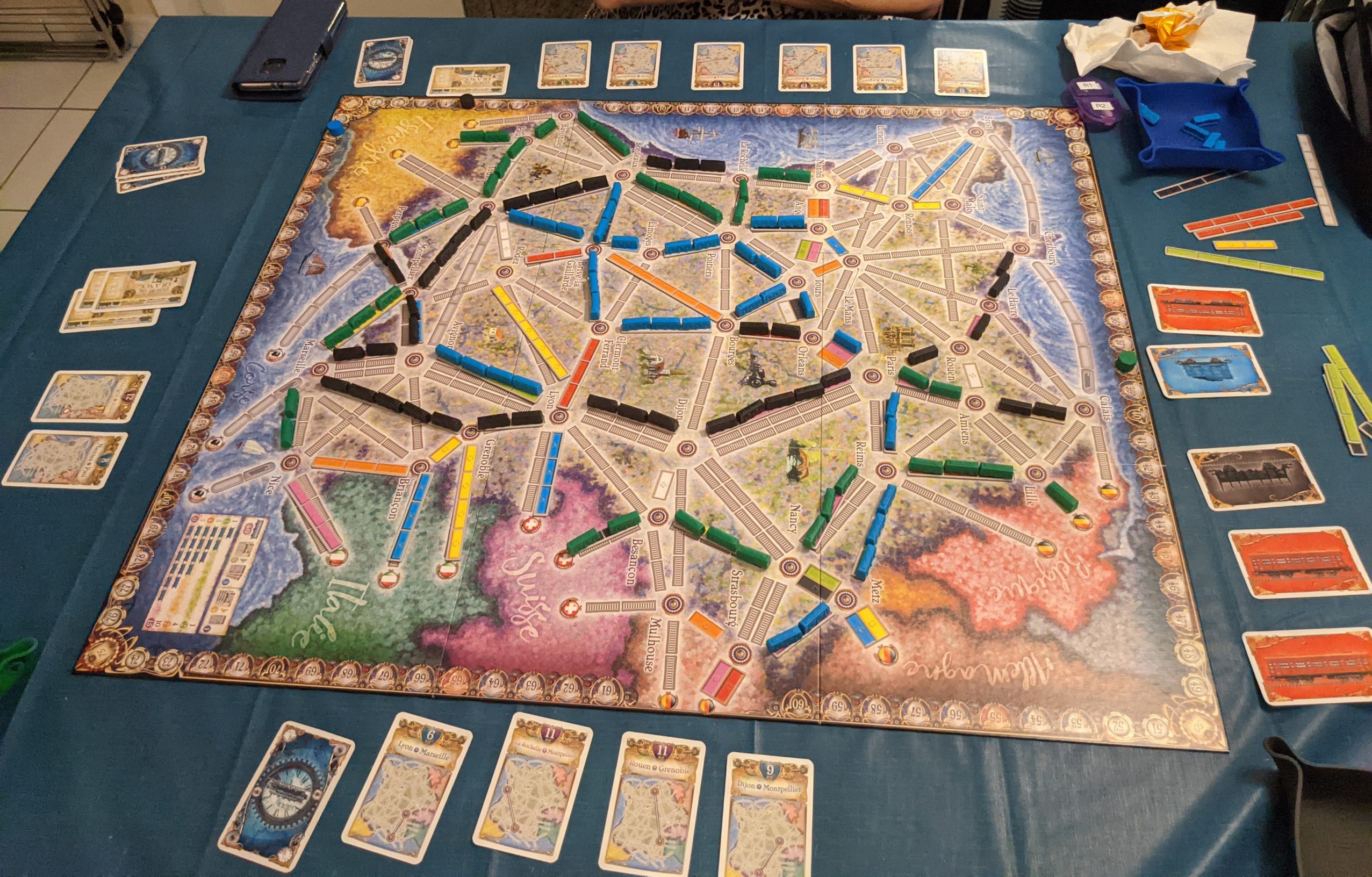 Black wins.
Black wins.“Dos Land iz Dayn Land” Woody Guthrie’s
“This Land is Your Land”
Yiddish Translation by Linda Gritz & Daniel Kahn
with Harry Bochner, Michael Alpert, & Josh WaletzkyVideo and music produced, directed and edited by Daniel Kahn
Presented by The ForvertsPerformed by (in order of appearance)
Daniel Kahn (voice, guitar, harmonica- USA/Germany)
Sarah Gordon (voice- USA)
Lorin Sklamberg (voice, piano- USA)
Patrick Farrell (accordion- USA/Germany)
Sveta Kundish (voice- Ukraine/Israel/Germany)
Michael Alpert (voice- USA/Scotland)
Linda Gritz (voice- USA)Thanks & love to: אַ האַרציקן דאַנק Mike Katz, Eleanor Reissa, Binyumen Schaechter, Zalmen Mlotek, Emily Finer, Michael Williams, Ethel Raim, Michael Tuttle, Earthwork folks, Rukhl Schaechter & Jordan Kutzik at the Forverts, The 2020 YNY Lider-Shmideray, Bela Lipa Kundish, Yeva & Leybke Lapsker Kahn, & Nora Guthrie
This Land is Your Land © Copyright 1956 (renewed), 1958 (renewed), 1970 and 1972 by Woody Guthrie Publications, Inc. & TRO-Ludlow Music, Inc. (BMI)
A note: Written on February 23, 1940 as a response to the popularity of Irving Berlin’s “God Bless America,” Woody Guthrie’s radical ballad has often been sanitized and sung as an uncritical patriotic anthem, ignoring a history of stolen land, lives, and labor.
As Yiddish singers, musicians, and translators, drawing on our own heritage, we challenge this interpretation, and stand in solidarity with Indigenous, Black, and immigrant voices calling for power, reparation, and justice in this land.
Transliterated Lyrics:
(Daniel:)
Kh’hob mir gevandert in a land a frayen
Aroys fun midber, vi mi-mitsrayem,
Gezukht a nayem Yerushalayem,
Dos iz a land far mir un dir.(REFREN:)
Dos land iz dayn land, dos land iz mayn land
Fun Kalifornye biz Elis Ayland,
Fun di groyse oz’res biz di breyte yamen,
Dos iz a land far mir un dir.(Sarah:)
Ikh gey ariber di berg un teler,
Arumgeringlt fun zise keler.
Di ritshkes murmlen, di feygl zingen:
Dos iz a land far mir un dir.(Lorin w/ piano:)
Kh’ze a groysn moyer mit a shild vos vornt:
Vil men araynet, shteyt az me tor nit
Nor af yener zayt, shteyt dortn gornit
Ot iz di zayt far mir un dir.(Sveta & Patty w/accordion:)
Gey ikh mir voglen, di zun fun oybn,
Nor beyze vintn tseblozn shtoybn,
Durkh di tumanen, her ikh gezangen:
Dos iz a land far mir un dir.(Michael:)
Af nase gasn, in tife shotns,
Ze ikh vi mentshn betn nedoves
Bay aza dales, darf ikh zikh klern
Tsi dos iz a land far mir un dir.(Linda and all:)
Es ken shoyn keyner undz nit farshtern,
Di fraye vegn undz nit farvern.
Nito keyn tsamen, ven nor tsuzamen.
Dos iz a land far mir un dir.דאָס לאַנד איז דײַן לאַנד פֿון װוּדי גאָטרי, 1940
פֿאַרטײַטשט פֿון ליבע גריץ און דניאל קאַהן
מיט חײם באָכנער, מײשקע אַלפּערט, און דזשאַש װאַלעצקיכ’האָב מיר געװאַנדערט, אין אַ לאַנד אַ פֿרײַען
אַרױס פֿון מידבר, װי ממצרים
געזוכט אַ נײַעם ירושלים
דאָס איז אַ לאַנד פֿאַר מיר און דיררעפֿרען: דאָס לאַנד איז דײַן לאַנד
דאָס לאַנד איז מײַן לאַנד
פֿון קאַליפֿאָרניע ביז עליס אײַלאַנד
פֿון די גרױסע אָזערעס ביז די ברײטע ימען
דאָס איז אַ לאַנד פֿאַר מיר און דיראיך גײ אַריבער די בערג און טעלער
אַרומגערינגעלט פֿון זיסע קעלער
די ריטשקעס מורמלען, די פֿײגל זינגען
דאָס איז אַ לאַנד פֿאַר מיר און דירכ’זע אַ גרױסן מױער מיט אַ שילד װאָס װאָרנט
װיל מען אַרײַנעט, שטײט אַז מע’ טאָר ניט
נאָר אױף יענער זײַט, שטײט דאָרטן גאָרניט
אָט איז די זײַט פֿאַר מיר און דירגײ איך מיר װאָגלען, די זון פֿון אױבן
נאָר בײזע װינטן צעבלאָזן שטױבן
דורך די טומאַנען הער איך געזאַנגען
דאָס איז אַ לאַנד פֿאַר מיר און דיראױף נאַסע גאַסן, אין טיפֿע שאָטנס
זע איך װי מענטשן בעטן נדבֿות
בײַ אַזאַ דלות, טו איך זיך קלערן
צי דאָס איז אַ לאַנד פֿאַר מיר און דירעס קען שױן קײנער אונדז ניט פֿאַרשטערן
די פֿרײַע װעגן אונדז ניט פֿאַרװערן
ניטאָ קײן צאַמען, ווען נאָר צוזאַמען
דאָס איז אַ לאַנד פֿאַר מיר און דיר
As the article mentions, people often omit the more critical aspects of This Land is Your Land.



